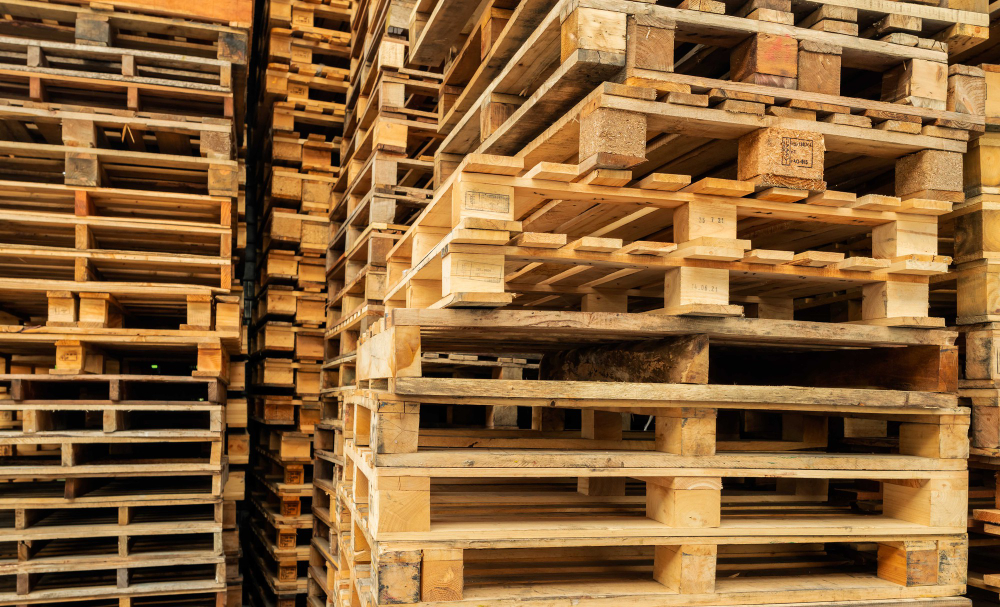
Image Source: Google
Standard pallets are an essential part of the supply chain for many businesses. Choosing the right pallets can help streamline operations, improve efficiency, and reduce costs. With various types of pallets available in the market, it's crucial to select the ones that best suit your business needs. This ultimate guide will walk you through the factors to consider when choosing the best standard pallets for your business.
Factors to Consider When Choosing Standard Pallets
1. Size and Dimensions
- Consider the size and dimensions of the standard pallets to ensure they fit your storage space and transportation vehicles.
- Standard pallet sizes include 48" x 40", 42" x 42", and 48" x 48".
- Choose pallet sizes that are compatible with your racking systems and handling equipment.
2. Material
- Standard pallets are available in various materials, including wood, plastic, and metal.
- Wooden pallets are cost-effective and widely used but may not be suitable for certain industries like pharmaceuticals or food due to hygiene concerns.
- Plastic pallets are durable, hygienic, and lightweight, making them ideal for industries with strict hygiene requirements.
- Metal pallets are sturdy and long-lasting but are generally more expensive than wood or plastic pallets.
3. Weight Capacity
- Determine the weight capacity required for your standard pallets based on the type of goods you will be transporting or storing.
- Ensure the pallets can support the weight of your products to prevent damage and ensure safety during handling and transportation.
4. Environmental Considerations
- Consider the environmental impact of the standard pallets you choose.
- Opt for pallets that are reusable, recyclable, or made from sustainable materials to reduce your carbon footprint.
- Some pallets are treated with chemicals for pest control or durability, so make sure to choose environmentally-friendly options if this is a concern for your business.
Types of Standard Pallets
1. Block Pallets
- Block pallets are sturdy and durable, with blocks of solid wood supporting the pallet deck.
- They are suitable for heavy loads and are often used in industries like manufacturing and automotive.
- Block pallets are stackable and provide good support for goods during transportation and storage.
2. Stringer Pallets
- Stringer pallets have stringer boards that run the length of the pallet to support the deck boards.
- They are lighter than block pallets and are commonly used in industries like retail and distribution.
- Stringer pallets are cost-effective and ideal for one-way shipping or temporary storage.
3. Nestable Pallets
- Nestable pallets are designed to nest inside each other when not in use, saving storage space.
- They are lightweight and cost-effective, making them suitable for industries with high shipping volumes.
- Nestable pallets are often made of plastic and are easy to clean and maintain.
Benefits of Choosing the Right Standard Pallets
- Improved efficiency in handling and transporting goods.
- Reduced risk of product damage during storage and transportation.
- Cost savings through optimized warehouse space utilization.
- Enhanced safety for workers handling palletized goods.
- Compliance with industry standards and regulations.
Conclusion
Choosing the right standard pallets for your business needs is crucial for ensuring smooth operations and cost-effective logistics. By considering factors such as size, material, weight capacity, and environmental impact, you can select pallets that align with your business requirements. Whether you opt for block pallets, stringer pallets, or nestable pallets, make sure they meet the demands of your industry and supply chain. Investing in the right standard pallets will not only benefit your business's bottom line but also contribute to sustainable and efficient logistics practices.
